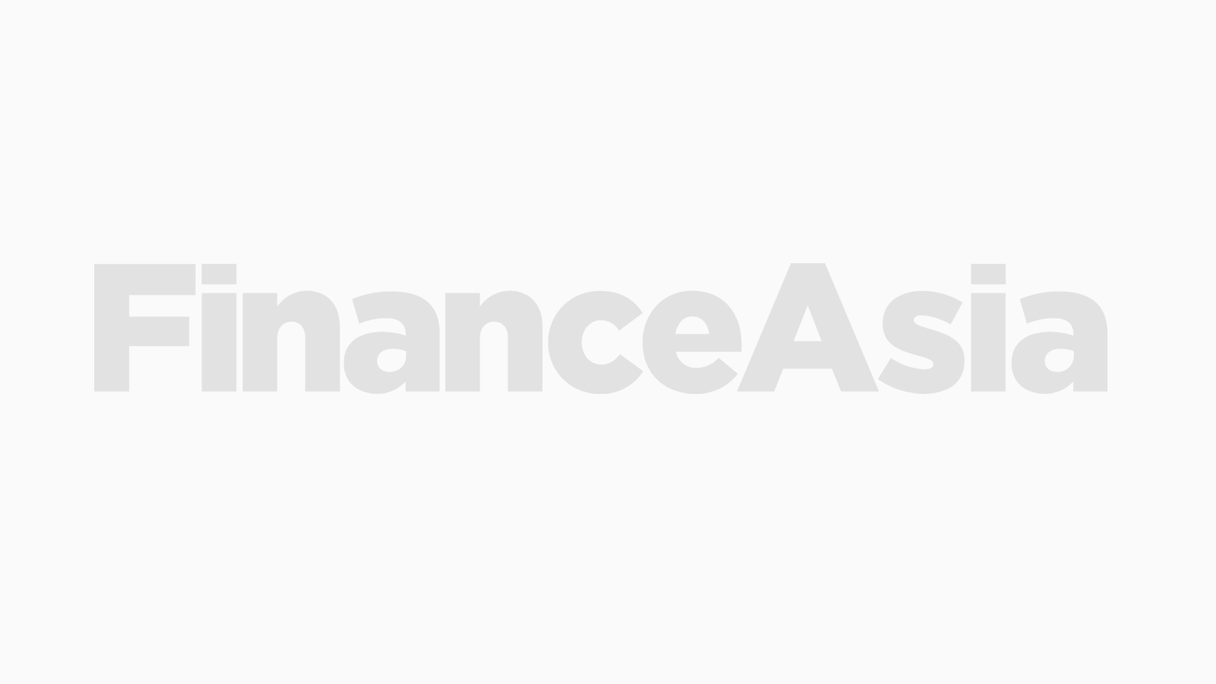The B2/B+/BB- (Fitch) rated deal is split into two tranches: a new $1 billion 11-year fixed rate offering and a $1 billion 29-year re-opening of its existing $600 million 8.5% October 2035 fixed rate deal completed last year.
The 11-year tranche priced at 99.052% on a coupon of 6.875%, to yield 7%. On a spread basis, that equates to 235.1bp over US Treasuries. The borrower chose to issue at the 11-year maturity because it already has existing 2015 and 2016 deals and wanted to add further liquidity to its curve.
The re-opening was sold at 113.454%, offering a yield of 7.38% or 263.8bp over equivalent Treasuries. Reopening its own long-dated benchmark brings the total size to $1.6 billion and further enhances its liquidity.
The 11-year deal was initially marketed to investors with indicative yield of 7.125%-7.25%, but after picking up significant traction during the roadshows, this was revised down to 7.00%-7.125%.
Pricing at these levels further flattens IndonesiaÆs credit curve. The fixed rate tranche comes only 4bp wider than its existing 2016 bond, which was yielding 6.96% when the new deal was priced.
The order book was split $3.882 billion on the 11-year and $3.715 billion on the 29-year, with 250 and 190 accounts taking part respectively. Geographically, the deal was split relatively evenly among Asian, US and European investors.
On the 11-year, 30% went to Asia, 21% to Europe and the remaining 49% to the US. On the 29-year 34% went to Asia, 34% to Europe and 32% to the US.
In terms of investor type, on the 11-year asset managers bought 68%, banks 16%, insurance 12% and retail 4%. On the 29-year, 71% went to asset managers, 17% to banks, 10% insurance and 2% retail.
Although pricing came at very attractive levels for the borrower, its overall success will be judged by how it performs in the secondary market. In the past IndonesiaÆs offshore issues have suffered from overly-aggressive pricing and generally poor timing. This time around bankers say it was imperative the sovereign re-establish credibility with investors.
IndonesiaÆs first deal in 2006 was particularly badly timed, pricing before the market could resettle following S&P's downgrade of Ford and General Motors last spring.
IndonesiaÆs follow-up deal - a $1.5 billion Reg-S 144A 10-year and 30-year dual tranche deal û also struggled in secondary trading. Once again its timing was somewhat precarious coming only a few days after the second terrorist bombings in Bali.
The deal was initially deemed a success, only to trade off almost immediately thanks to a downturn in the high-yield market. Having priced at 7.625%, the 10-year bond widened 2bp on the break and was trading at a bid/offer of 7.75%-7.70% by the end of its first trading day.
From the outset, Indonesian finance minister Sri Mulyani Indrawati said he was determined to boost his country's reputation in the offshore market. He was also steadfast in reiterating that this will be Indonesia's only deal this year.
Timing was once again an issue, however. At the end of last week, the Philippines suffered an attempted coup attempt, which pushed Southeast Asian debt spreads out briefly. By the time the deal priced, they had come back in again.
Both the leads and the borrower are now hoping the deal's first day trading is a harbinger of things to come. Both tranches traded up slightly Friday, with the 10-year trading at 99.75% to yield 6.91% and the long-dated tranche trading at 113.625% to yield at 7.36%.
Further building momentum was news of a possible upgrade from MoodyÆs following Standard & PoorÆs revision of its outlook to positive from stable.
S&P highlighted President Susilo Bambang YudhoyonoÆs administrationÆs continued efforts to improve IndonesiaÆs economy.
"The outlook revision takes into account the more favorable policy setting that emerged in the wake of significant adjustments in fiscal and monetary policy stance, and the expectation that this will improve deficit and debt ratios further," said Standard & Poor's credit analyst Agost Benard.
MoodyÆs has also cited the steady improvement in the governmentÆs finance. ôThe governmentÆs budget deficit in 2005 was under 1% of GDP, continuing a record of only small deficits for the past several years," the agency commented. "This fiscal prudence has led to a steep decline in the ratio of government debt to GDP, while the ratio of government to revenue has shown a similar trend.ö
However, one challenge for Indonesia will be its monetary and exchange rate policy. ôLast year, volatile capital flows resulting from, in part, a narrowing of interest rate differentials between the dollar and Rupiah led to a substantial decline in international reserves," Moody's added. "Tightening by Bank of Indonesia has since reserved this trend, but Indonesia is still vulnerable to sudden changes in capital flows.ö



